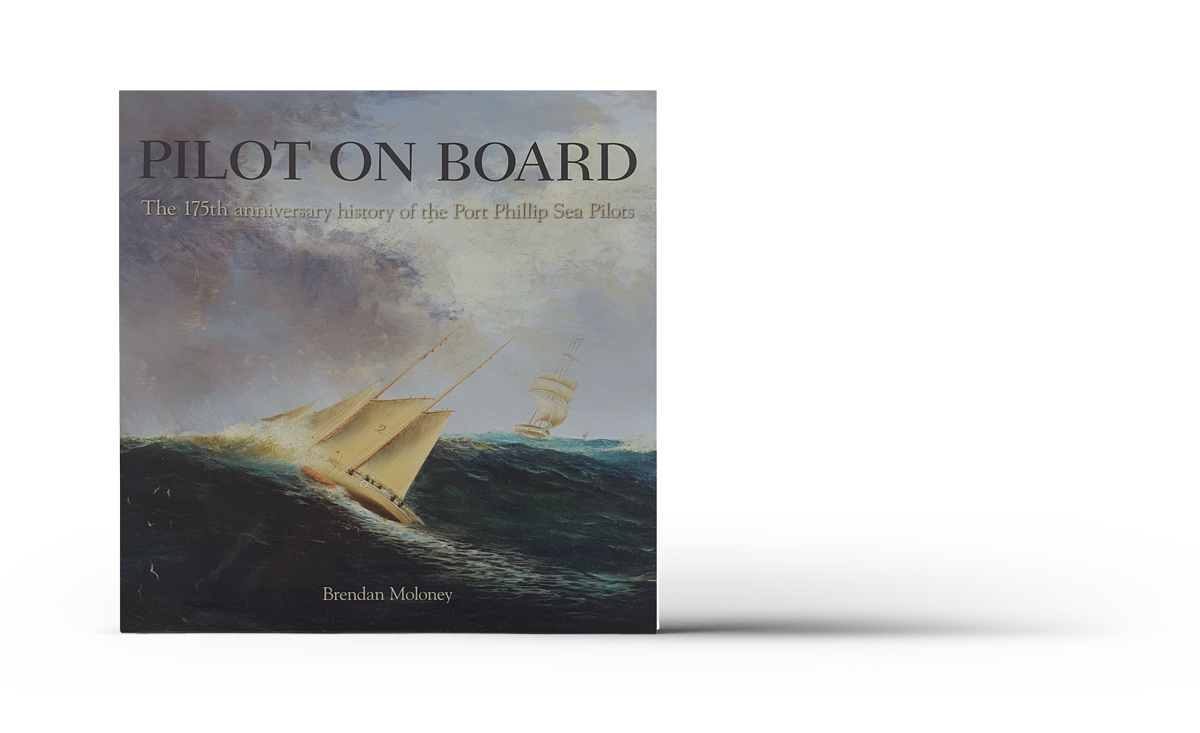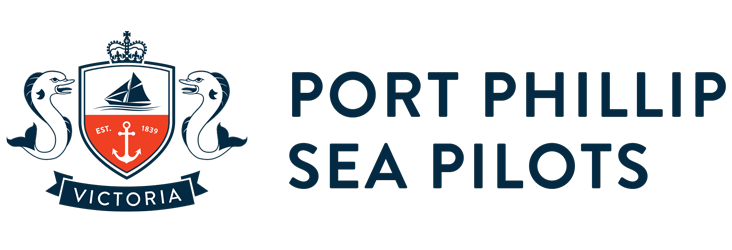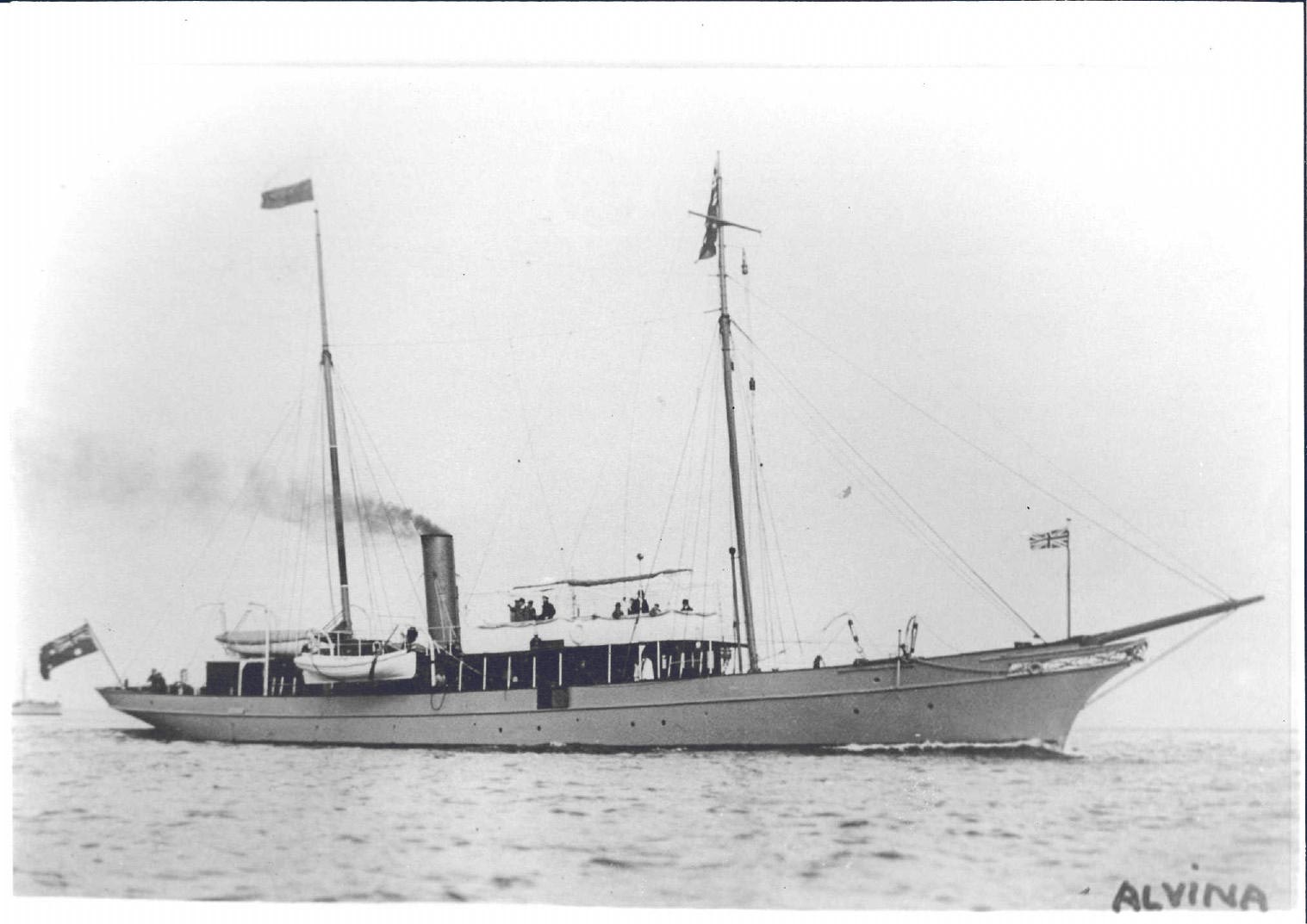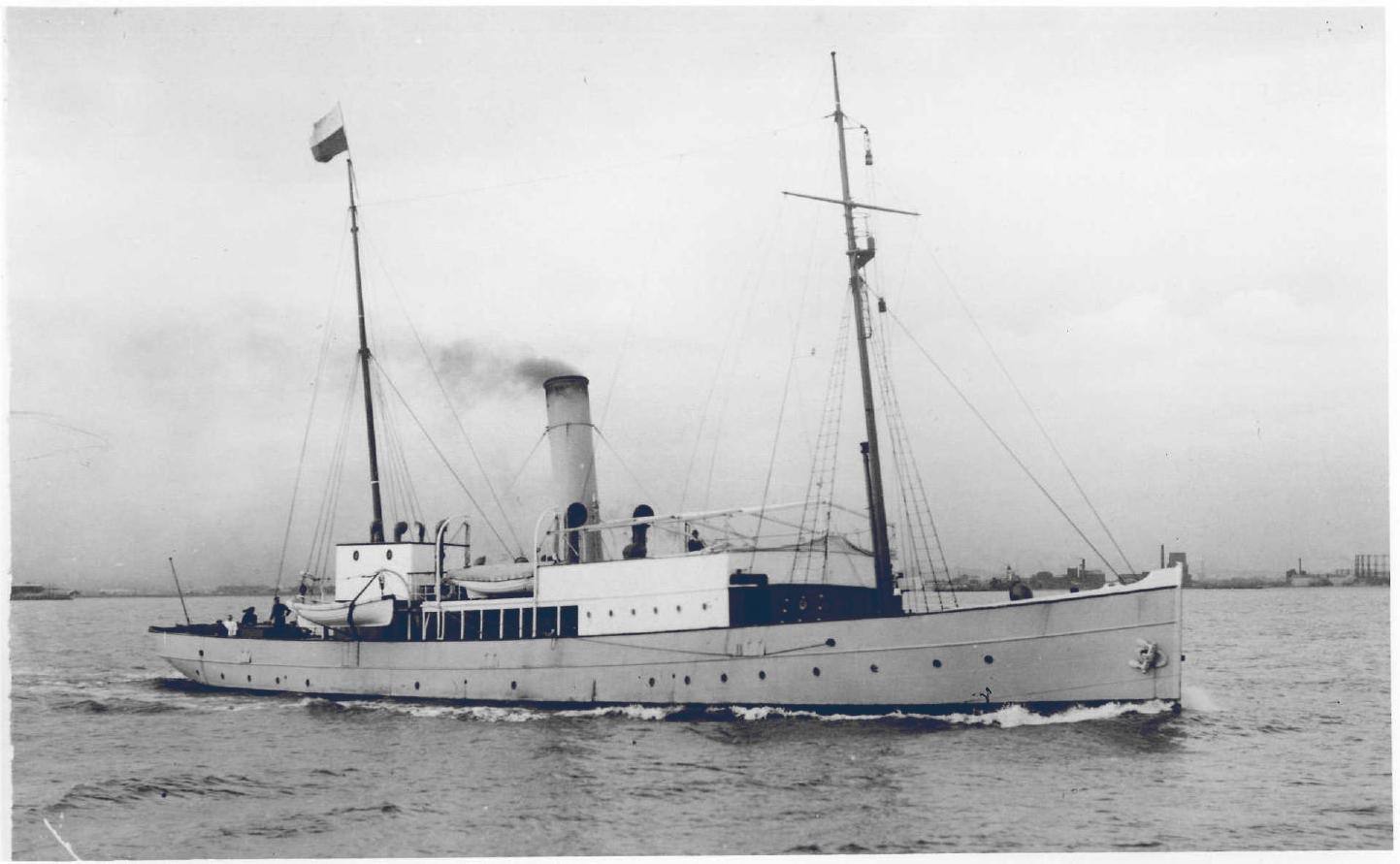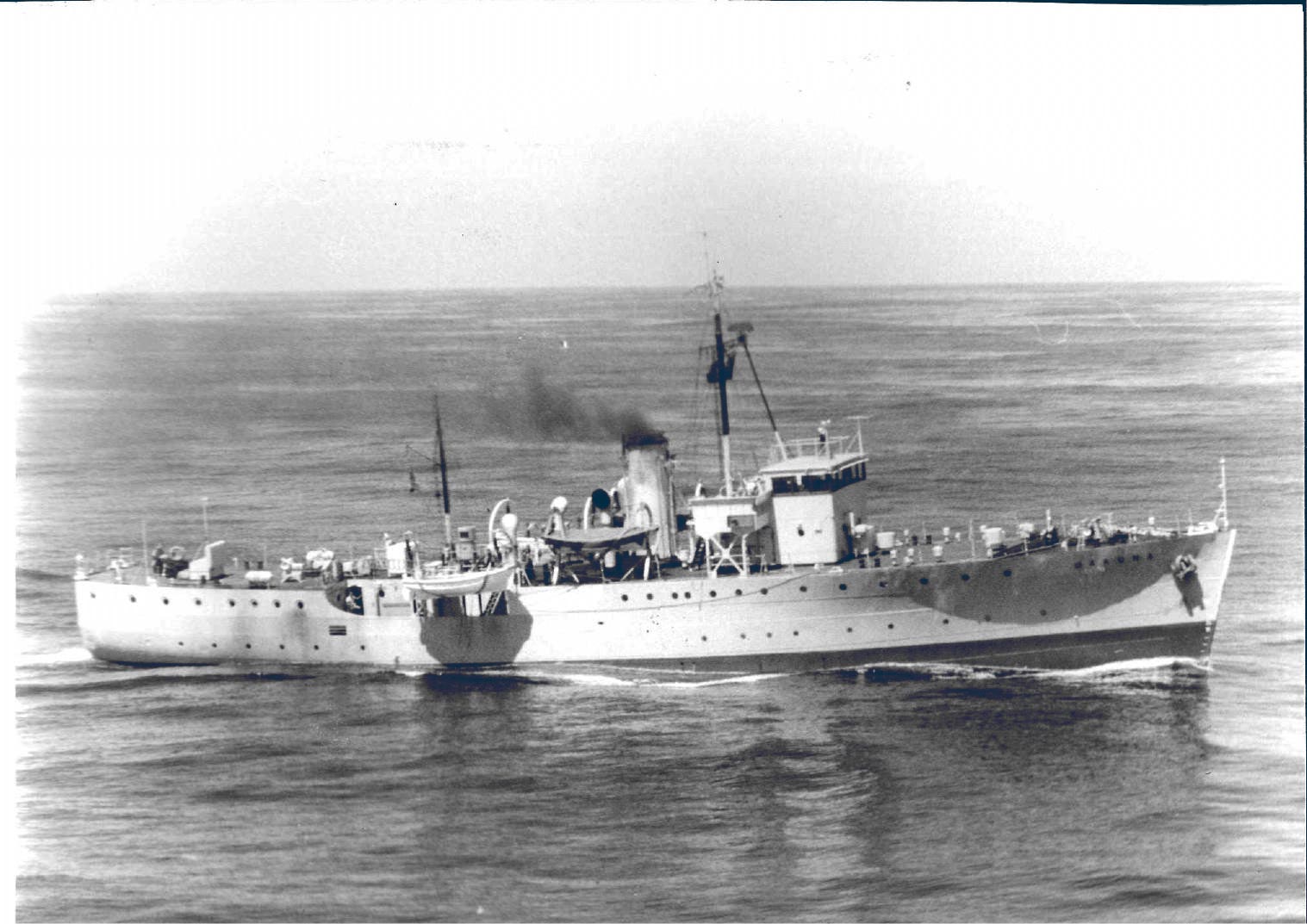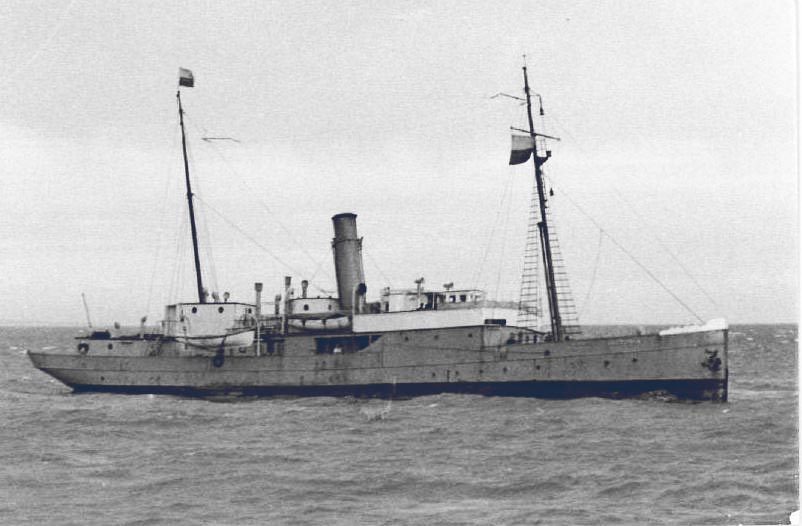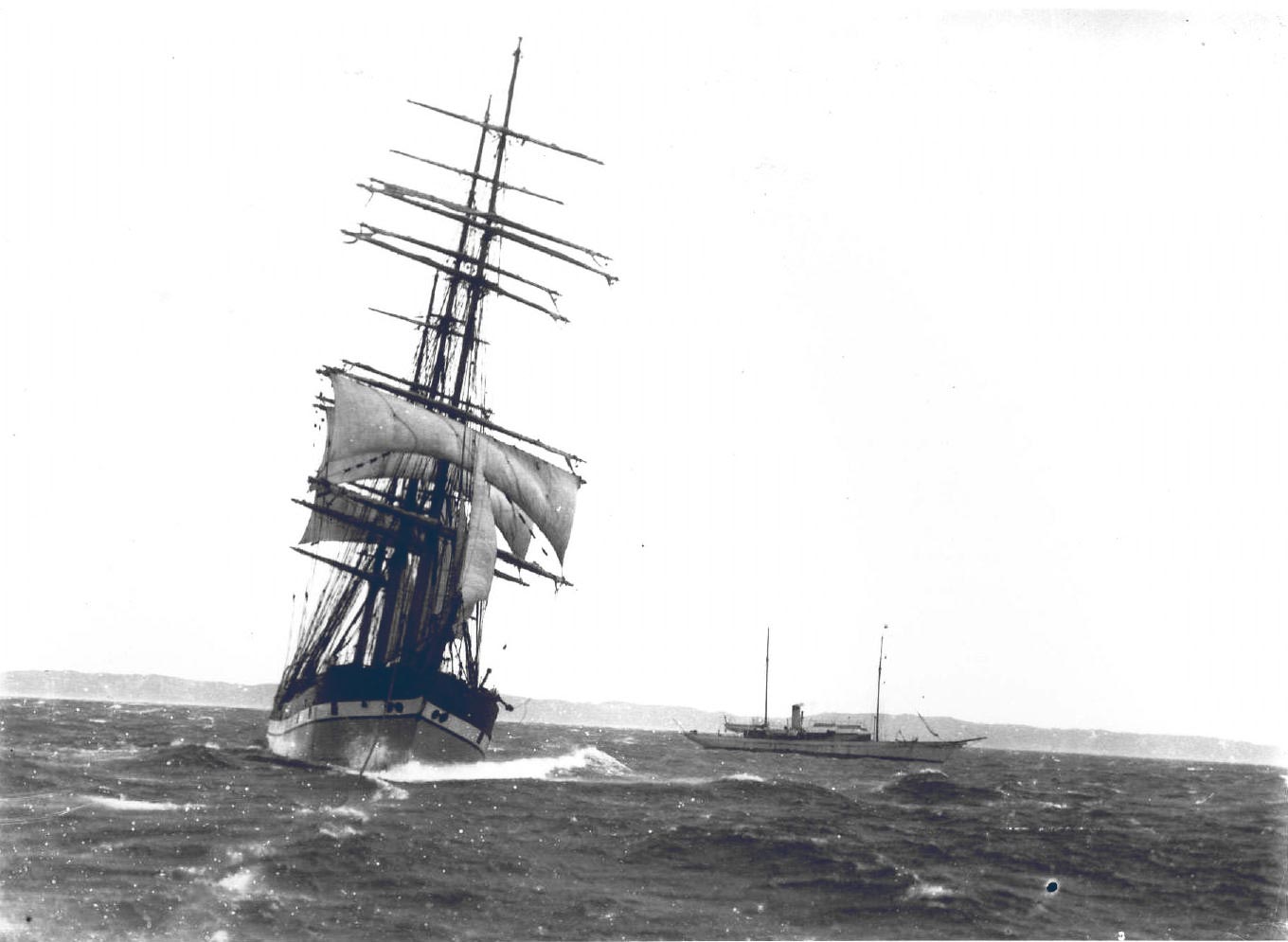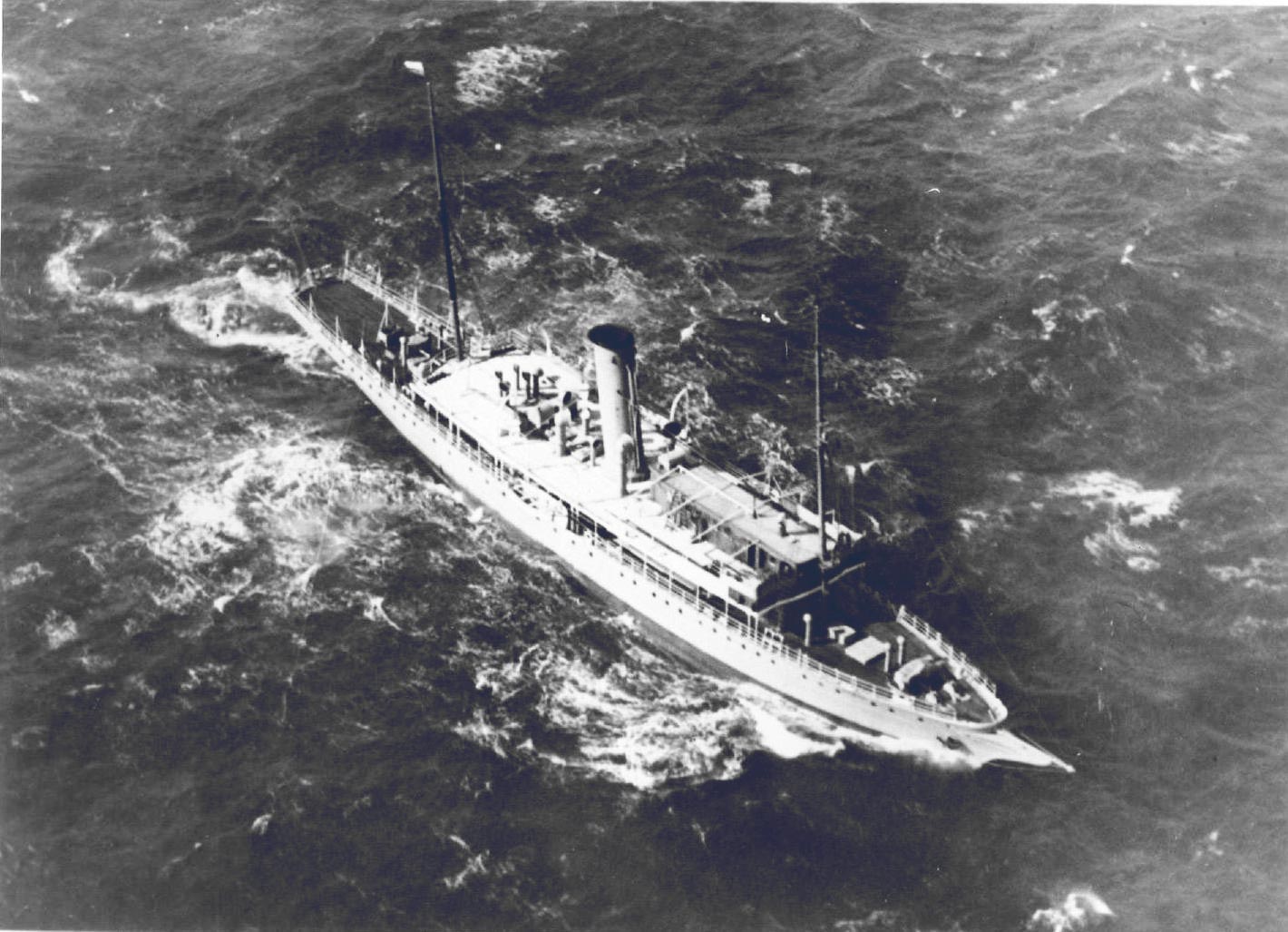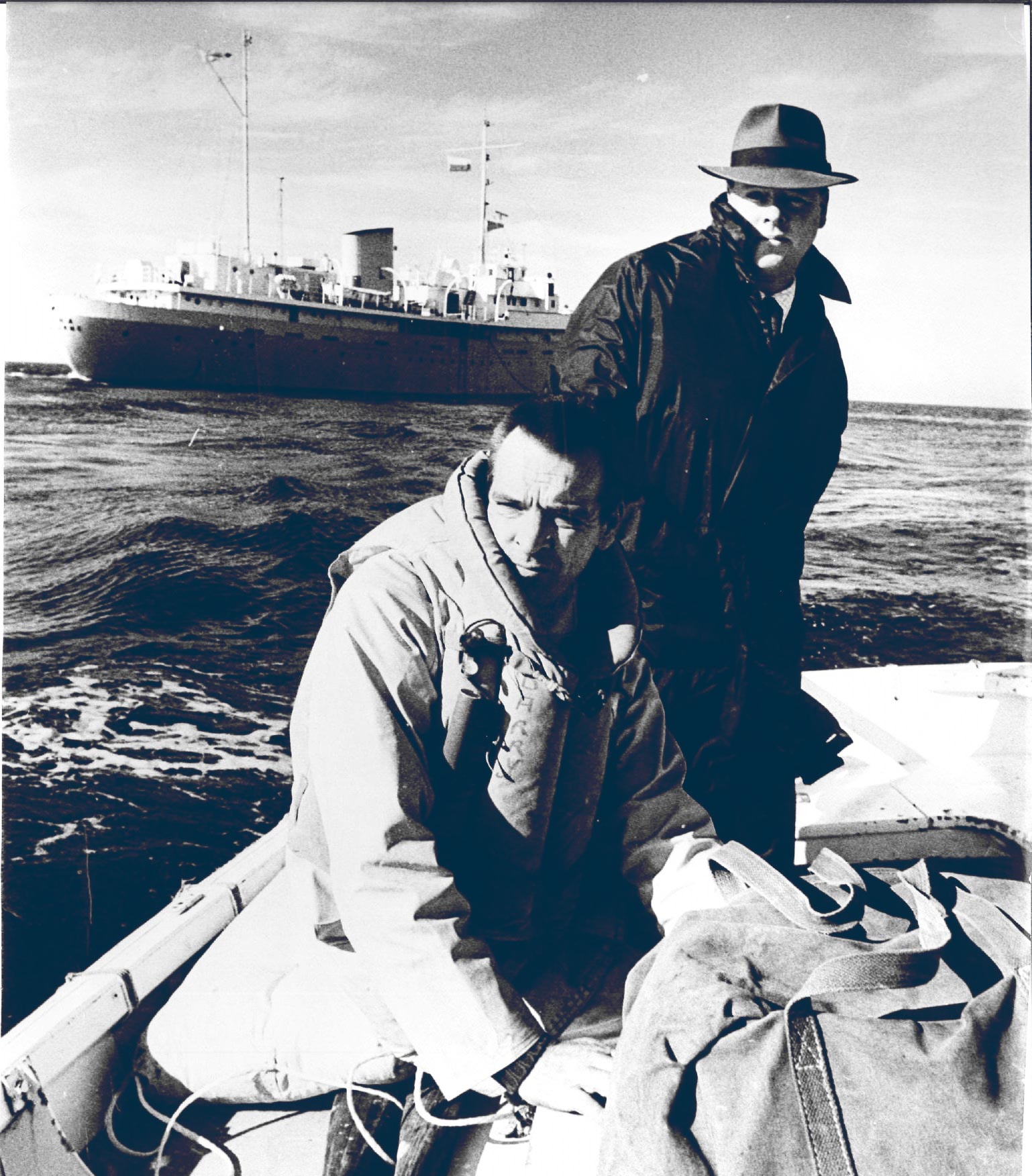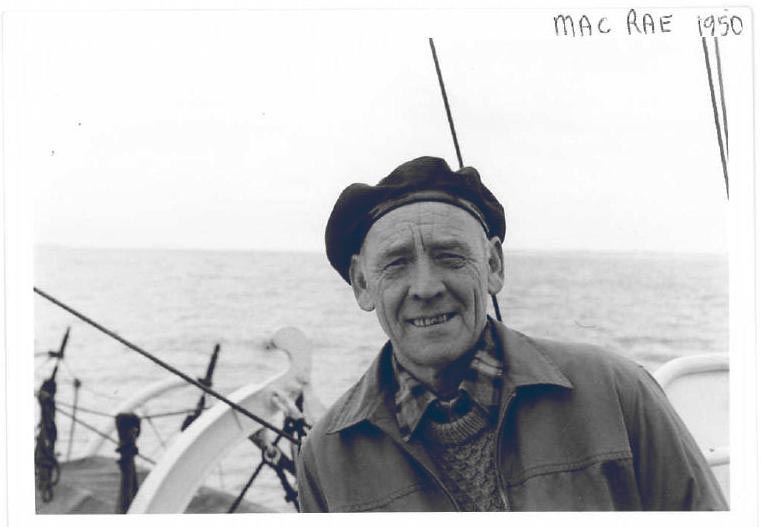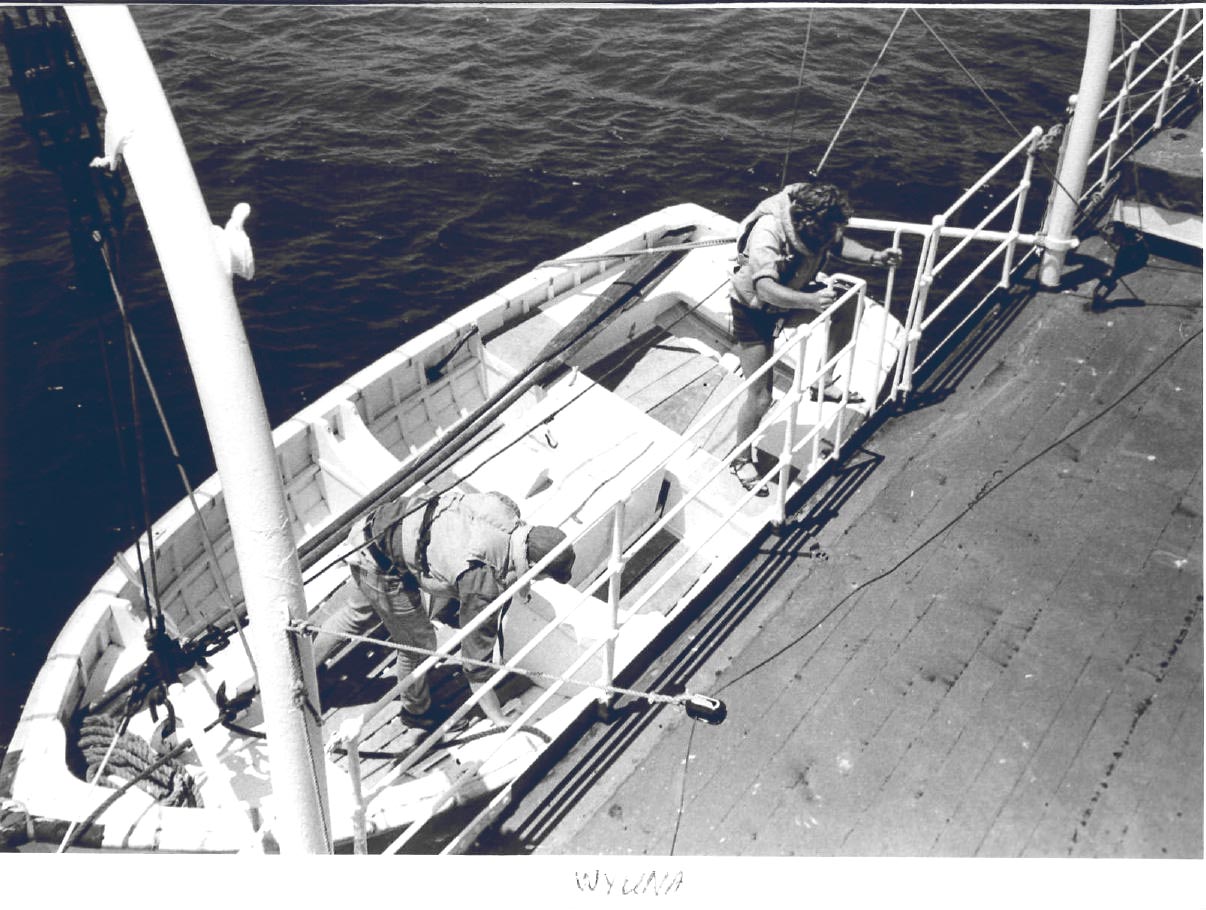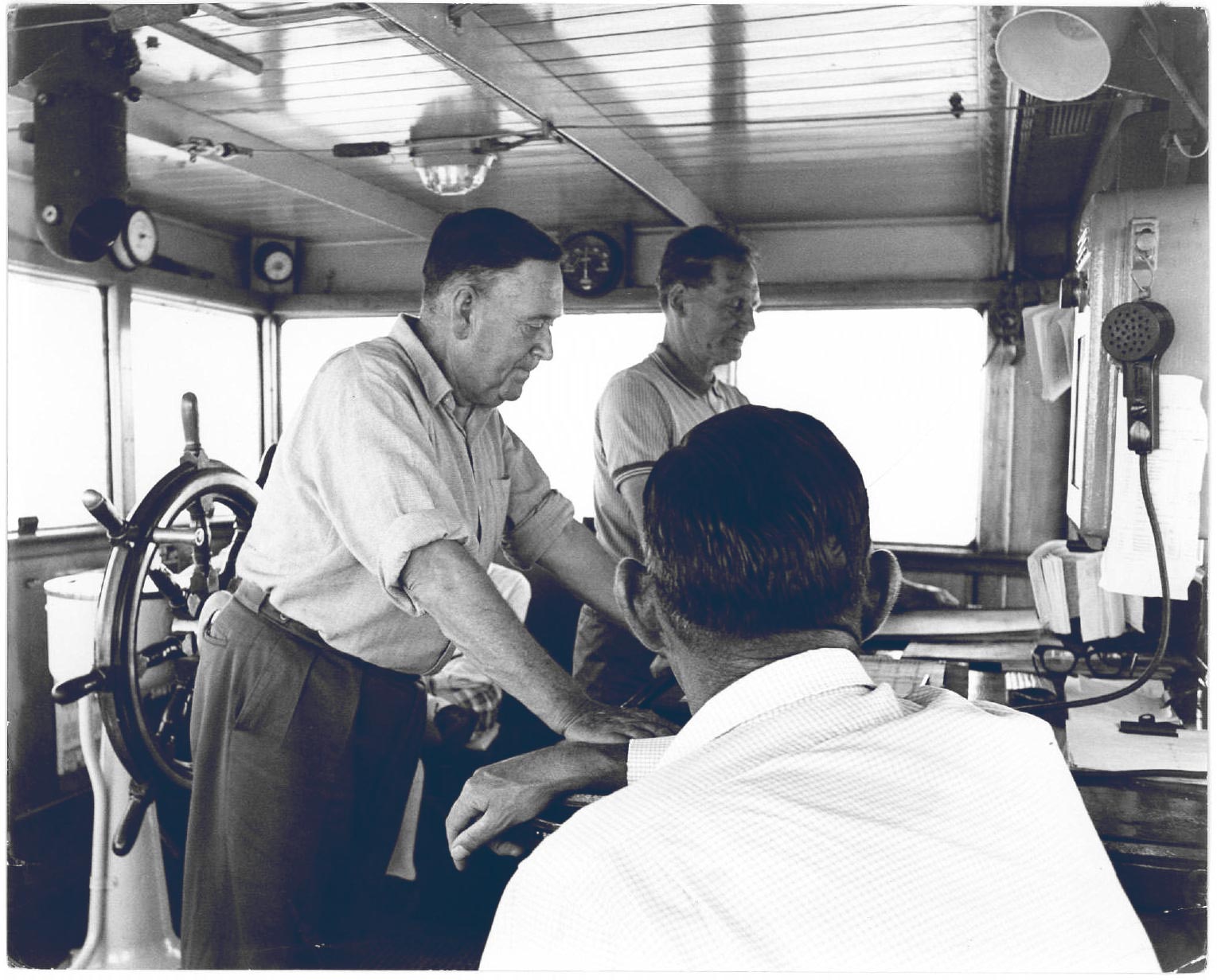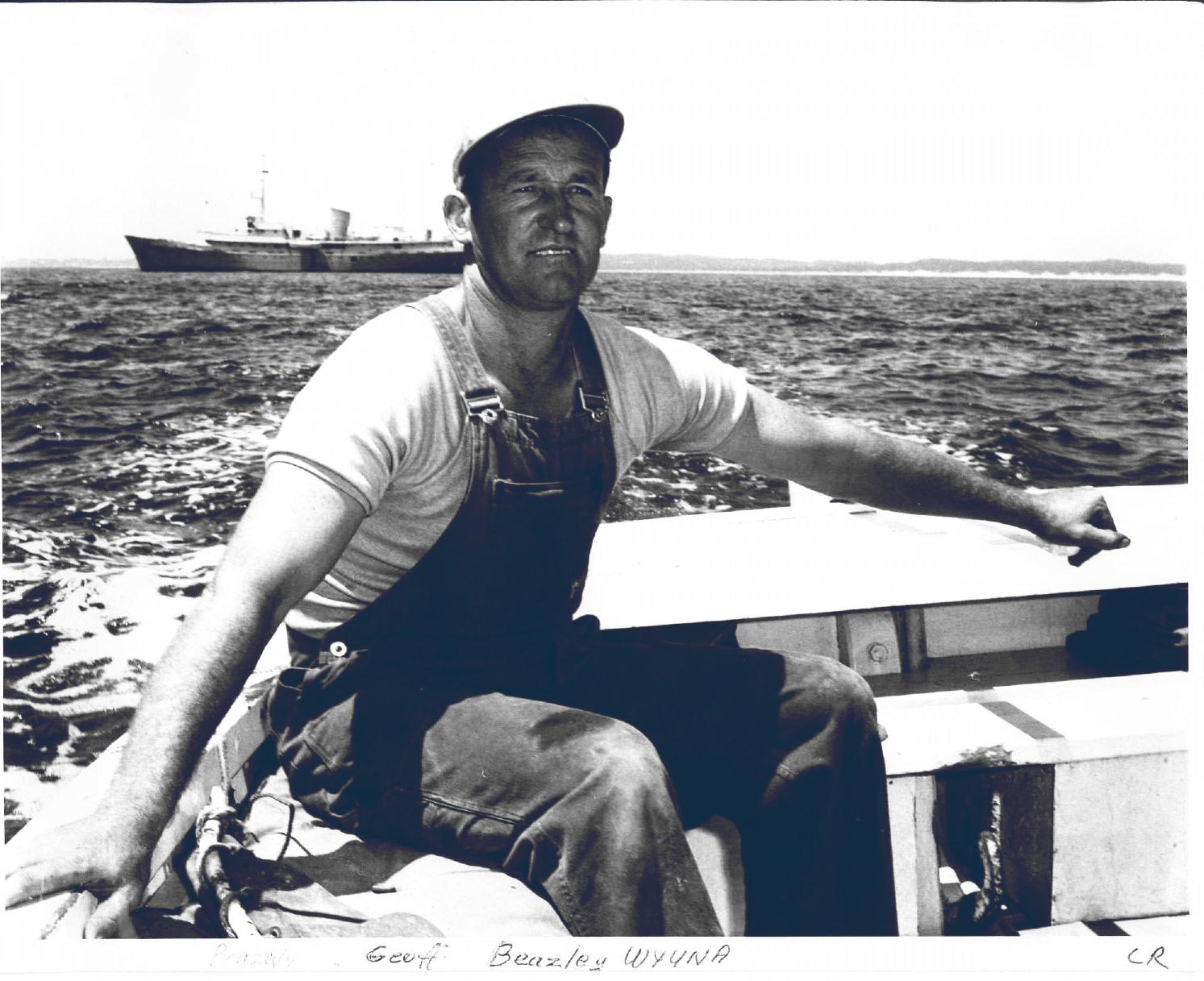Dive into our past & see how FAR we’ve come.
17th June 1839 – Pilot Service Established in Victoria
Port Phillip Sea Pilots’ antecedents’ operating licence was granted to founder George Tobin by Governor Gipps of New South Wales (pre Federation) on condition that “the appointment must not bring any expense on the Government”. The service is unique in that it is fully Australian- owned and operated by its pilots in keeping with the terms of the original appointment.
The original pilots camped on the beach at Queenscliff on the site of the present Pilot Station, and were taken to and from ships by 30ft. whaleboats frequently manned by convicts.
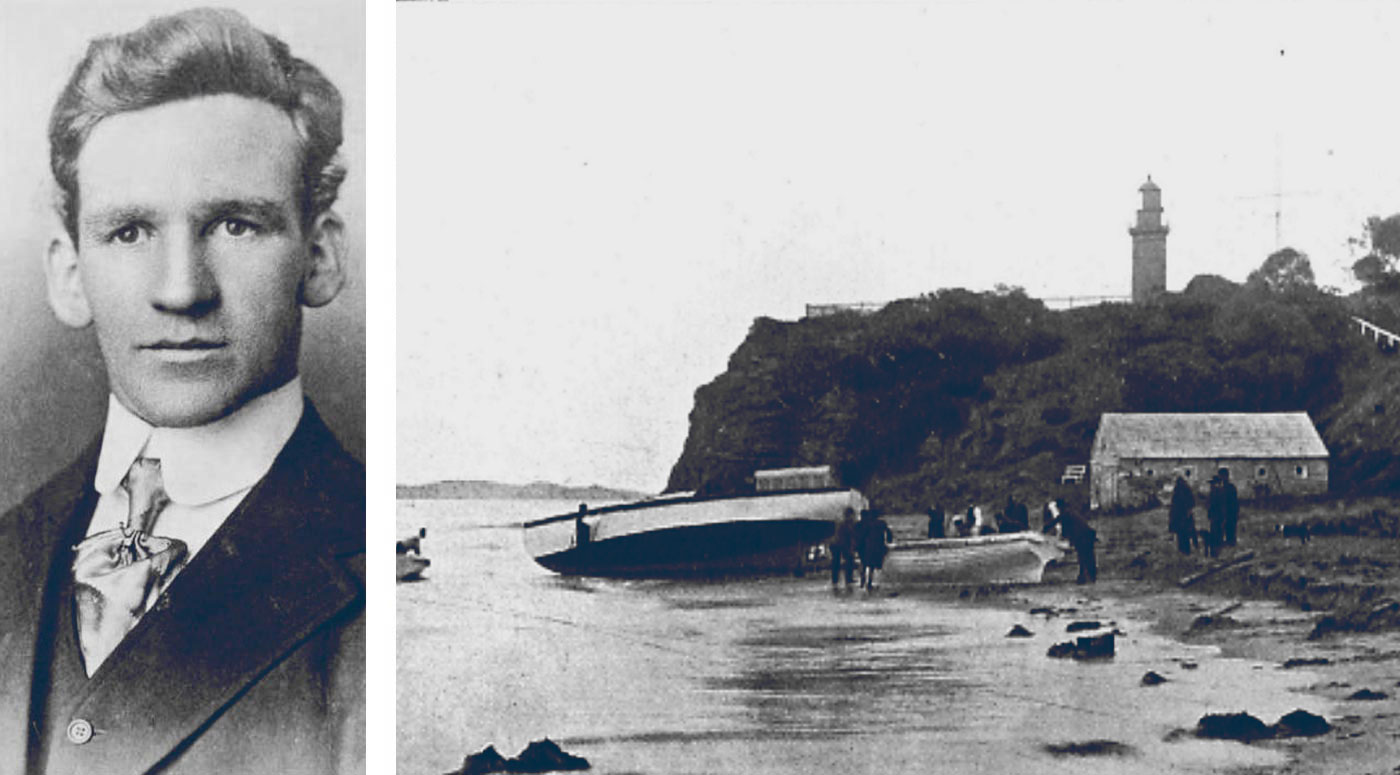
1851 – First Sailing Pilot Cutter “Boomerang”
In 1851 Victoria was granted independence from New South Wales and at this time there was a spectacular increase in the number of ships due to the gold rush. A number of ships were lost at the dangerous entrance to Port Phillip – known as The Rip – mainly due to ship masters attempting to enter without a pilot and having insufficient local knowledge of tidal and weather conditions.
The Government was petitioned to take over the service and to supply a cruising pilot cutter to put pilots aboard ships at sea. The brigantine “Boomerang” was the first in 1853 and was shortly followed by “Corsair”, “Anonyma”, “Proserpine”, “Rip”, “Mavis” and “Hawk”.
1854 – Pilot Board formed “On-Demand Service”
In 1854 there were 56 pilots and costs were escalating. The Pilot Board was formed with representatives from Commerce, the Marine Industry, Underwriters and Government members to control the pilotage fees and the pilots’ remuneration. The pilots were then invited to buy the three cutters, form three companies and to take over the service on a cooperative basis. ‘Cruising cutters’ was a system whereby pilots stayed onboard the cutter outside the Heads and therefore were available “on demand”.
“Port Phillips Rip in the early days was one of the toughest a sailing master had to face”
“The Pilots have never worked harder than in the Victorian gold-rush days”
“In April, 1853, there were 465 ships anchored in Hobson Bay and another 26 waiting outside to enter it”. (Sydney Morning Herald August 19, 1973)
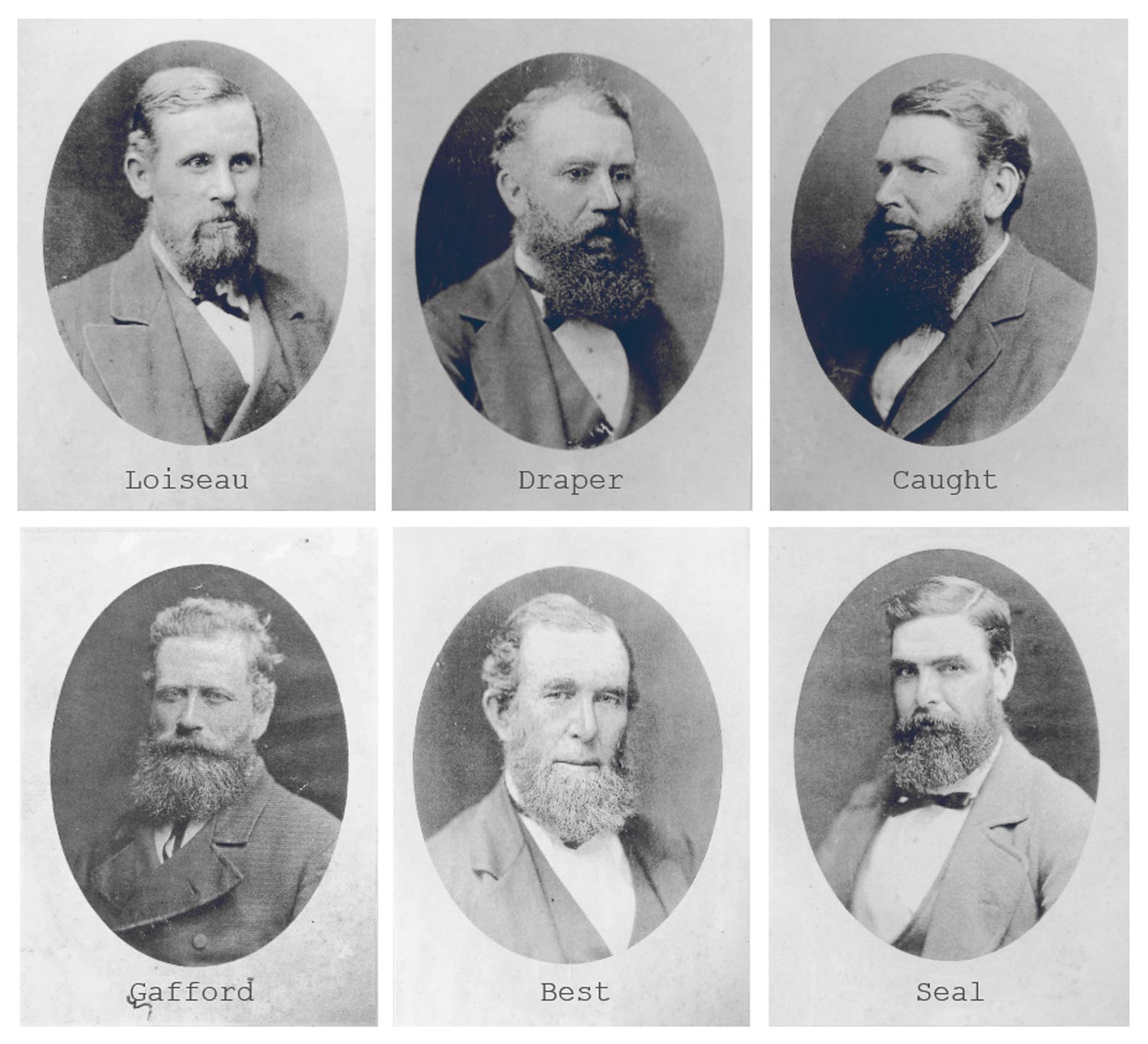
1901 – Motorised Cutters
In 1901 the pilots took delivery of their first steam-powered pilot cutter, “Victoria”, 46 metres in length, built at Williamstown. “Victoria” was followed by “Alvina”, “Akuna”, “Akuna II” and in 1953, “Wyuna”, a twin-screw diesel electric pilot cutter 63 metres in length. “Wyuna” served until November 1979 and was then sold to the new Australian Maritime College at Launceston, Tasmania for use as a training ship.
The system for getting pilots on and off ships at sea was for the ship to stop dead in the water with the wind and sea broad on the beam. The pilot cutter would round the ship’s stern, manoeuvre into the lee and lower the 18ft. workboat which, with a crew of two, transferred the pilots to and from their ships.
1970 – Pilots Stationed Ashore, Transition to Launches
In the early 1970s with a view to the replacement of “Wyuna”, a study was made throughout the world for a better system for embarking pilots aboard ships. In 1972 PPSP purchased a 12- metre G.R.P. (fibreglass) twin-screw diesel launch in England to assist in servicing the new tanker port of Western Port. Pilots there gained experience with this launch and experimented with helicopters, initially landing on the ships and later winching the pilots on and off.
A decision was eventually made in favour of the launch system and new vessels were ordered, 13 metres in length. In operation, the pilot boards directly from the launch with the ship steaming at about 7 knots. The high degree of seamanship and skill shown by the launch coxswains during this procedure is relied on by the pilot and the deckhand, who assists the pilot to board from the exposed foredeck of the launch. In heavy weather this can be a hazardous operation but, with experience, the pilot knows when to leave the pitching deck of the launch and to grab and scramble up the rope ladder to the security of the ship’s deck.
Pilot stations were then needed to direct operations and to house the pilots, at Queenscliff for Port Phillip and at Flinders for Western Port. The Queenscliff Station was built on State Government land leased to the pilots and occupied by them since 1839. It contains a control centre, manned 24 hours a day and houses the rostered pilot-in-charge and up to 12 pilots awaiting their turns for inward ships.
The station for Western Port was built at Flinders near the Naval gunnery school on land leased from the Commonwealth at West Head. Due to a severe downturn in shipping, this facility was sold to the Navy in 1995. PPSP pilots now work Western Port from Melbourne.
A facility for the repair and maintenance of the launches was the next requirement and land was leased from the State on a reclaimed area adjacent to the boat harbour at Queenscliff, where a large workshop was constructed. This houses a staff of six who are capable of repair and maintenance work on the boats as well as fitting out new launches.
1989 “150 Years of Service”
In 1989 Port Phillip Sea Pilots celebrated our 150th anniversary. During that year the structure and operation of the business was revised and upgraded to meet current and future demands.
Change has been constant but what has not changed is the Pilots’ continuing commitment to the high standards established by our predecessors. Port Phillip Sea Pilots is proud of our 150+ years of service, our traditional independence and our professionalism.
On the sale of the Customs House in 1990, the Head Office was relocated to North Melbourne. Here the Managing Director, who is elected from and by the pilots, manages the service business. He is assisted by clerical staff that oversee accounts and other administration.
In late 1996 a new design of a larger launch, sourced from builders Chivers in Western Australia, was introduced.
When a new Chivers launch was required the fibreglass shell comprising the hull, deck and cabin was constructed in WA, then shipped to Queenscliff. There it was fitted with two 230 HP Cummins diesel engines, electrical systems, radar, V.H.F. and domestic radios, rescue equipment and any modifications to ensure maximum safety of the pilots and crew.
“The souls of dead seamen curse The Rip, the Port Phillip Sea Pilot respect it. It is their battle ground” (The Age June 9, 1989)
2000 – Present
The evolution of pilot boat design continues with PPSP. In December 2009 the service took delivery of our first ORC-type launches Äkuna II and Ranger III. These are the high-speed vessels you see today tackling the treacherous Rip conditions at Port Phillip Heads.
The PPSP launches operate a 24-hour-a-day service through the Rip regardless of tides and weather. The Pilot Service is often called upon for search and rescue work and has saved many lives over the years.
Experienced boatmen are rostered around the clock to drive launches at the top and bottom end of Port Phillip. A 24-hour Operation Room is located at Queenscliff, staffed by experienced PDOs (Pilot Dispatch Officers), who advise pilots of shipping movements and ensure that pilots are placed when and where required.
The time taken for a pilotage job varies considerably, but averages five hours for Geelong, four hours for Melbourne and three hours for Western Port.
Thirty plus pilots undertake all pilotage work through the Heads, the Bay channels and within the ports of Melbourne, Geelong and Western Port.
“Sea Pilots require intimate knowledge of the bay’s shipping channels, its depths, tides, currents and winds. Steering the ship between the Heads is a most precarious task”. (The Age September 20, 2014)
Book
The best appreciation of the fascinating history of the Port Phillip Sea Pilots can be found in our book Pilot On Board: The 175th anniversary history of the Port Phillip Sea Pilots, by Brendan Maloney.
It’s available for purchase from the Mission to Seafarers Victoria and the Queenscliff Maritime Museum (see Community page).
